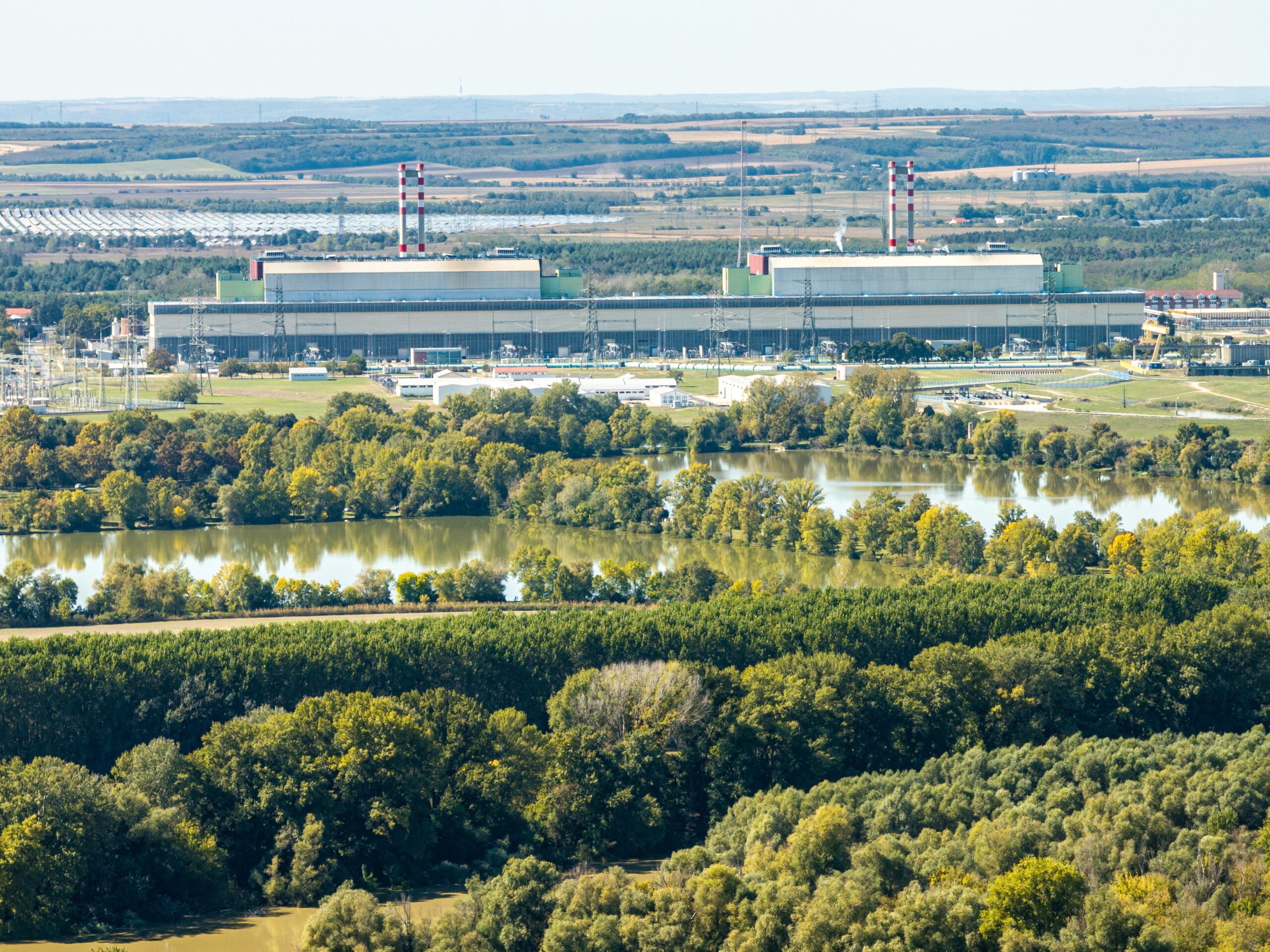
Prior to Donald Trump's presidency, the United States had made a number of politically motivated decisions, placing Hungary in a difficult position.Continue reading

Five facilities of the concrete batching plant built last year as part of the Paks II nuclear power plant project have received operating permits from the Hungarian Atomic Energy Authority (OAH). In addition, the elevators to be installed in the training and simulation center building that will be built as part of the project, have also received technical safety permits, reports Világgazdaság.
While the necessary permits for the first concrete pour were granted last November, several technical and logistical steps must still be completed before the concrete batching plant can be put into operation. Workers must first prepare a special layer of assembly concrete beneath the reactor base. Only then can the reinforced concrete structure — the core foundation of the new reactor — be built.
According to earlier announcements, the first concrete pour – a spectacular milestone – will take place this year.
This was planned earlier, but EU sanctions against Russia slowed down the work, even though civil nuclear cooperation with Russia is not officially prohibited. For instance, Siemens did not receive a German export license for the control system ordered from it, and the French company Framatome for the new nuclear power plant. This issue has recently been resolved, although danger remains: the prohibition of civil nuclear partnership is regularly raised by opposing parties at the EU level.
The official approval required for the first concrete pour was granted last November. This will require around two million tons of concrete, some of which will come from Slovakia.
Another obstacle was only recently removed, namely the financial sanctions imposed by previous U.S. President Joe Biden, preventing payment for the work already completed. With the resumption of financial payments, the number of workers on the project can also be increased to the required level.
Two weeks ago, the OAH lifted another obstacle to the project, but this was due to a problem within the fence. It authorized the continuation of certain works across the entire area of the Paks Nuclear Power Plant Unit 5 (i.e. Paks II Unit 1) construction pit. In January, it halted certain parts of the construction because the southern wall of the construction pit collapsed and part of the soil-stabilized block detached. To prevent further similar incidents, the authority has ordered continuous monitoring of the groundwater level during construction.
The two new 1,200-megawatt nuclear units in Paks will be needed in part because of the future shutdown of the existing nuclear power plant and Hungary’s growing energy needs.
The investment is necessary despite the fact that preparations for the second extension of the Paks Nuclear Power Plant’s operating life have begun in the meantime, as the nuclear power plant generates electricity and heat without carbon dioxide emissions, i.e. in an environmentally friendly manner. The designer and contractor is the Russian state-owned nuclear holding company Rosatom, or more precisely its subsidiaries, which also employ companies from Hungary and other EU countries as subcontractors. The core of the two new nuclear units, the nuclear equipment, is being manufactured in Russia according to schedule, as is the fuel.
The financial agreement for the project had to be updated in the spring, that also gave the investment a boost.
With regulatory, technical, and financial obstacles being gradually resolved, Paks II is entering a critical phase. The first concrete pour — now firmly on the horizon — will mark a powerful symbol of progress.
Via Világgazdaság, Featured image: MTI/Jánossy Gergely